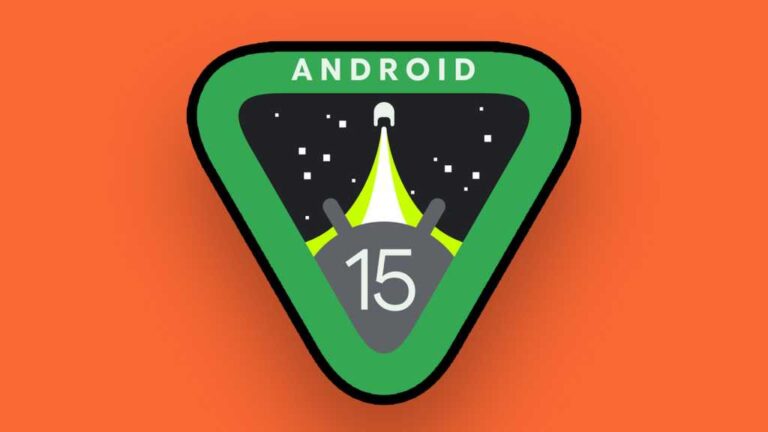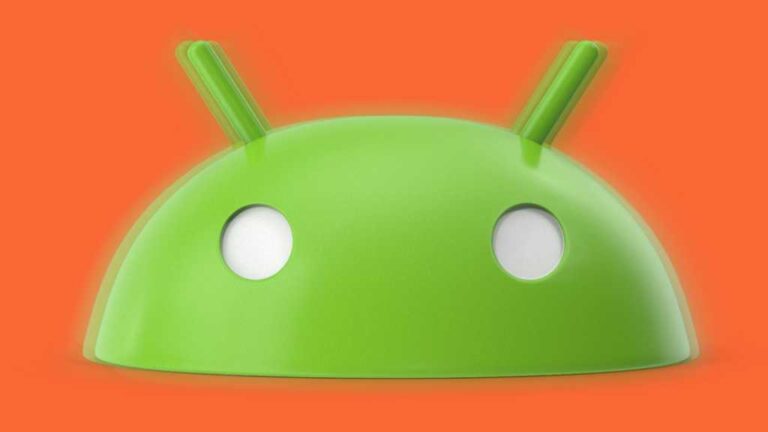Google reportedly looking at smart glasses — again

After abandoning its Google Glass smart glasses in 2023, Google seems ready to take another kick at the can with what will reportedly be a $115 million acquisition of Canadian startup AdHawk Microsystems.
AdHawk has developed camera-free, MEMS-based eye-tracking technology that offers an accurate, low-latency view of where the user is looking, using considerably less power than camera-based systems. The company designs and produces all of the system’s components, “from silicon to cloud” — the chips and micro optics, the hardware, with reference designs, and the algorithms and software necessary to make it all work.
Bloomberg reported on the potential acquisition Tuesday, citing “people with knowledge of the matter” who had asked not to be identified. “The agreement is on track to be completed this week, but it’s still possible that the talks could fall apart at this late stage because the deal hasn’t been signed,” Bloomberg reported.
Neither Google nor AdHawk responded to a request for comment.
Waterloo, Ontario-based AdHawk was founded in 2017 and received funding from the venture arms of tech giants including Intel, HP, Samsung, and Sony Group. It offers several products as well as its components, and touts its MindLink and MindLink Air glasses as a way for researchers and neurologists to examine the eye-brain connection.
The technology is also a vital component of both augmented reality (AR) and virtual reality (VR) headsets. In December 2024, Google introduced Android XR, an operating system that will work on Samsung’s upcoming Moohan headset and other devices. It includes frameworks to let developers embed eye tracking in their software.
“Adhawk is one of the few independent third-party solutions,” said Anshel Sag, principal analyst at Moor Insights & Strategy, “but it hasn’t been as prominent in the market as some of the others that have been acquired.”
He added that Google is one of the few companies that doesn’t have an eye-tracking system of its own, “so it makes sense why the company would go out and get Adhawk. That said, this is a much different solution than most other eye-tracking camera-based systems and could enable some unique applications, but [it] could also limit Google’s application of eye-tracking.”
Eye tracking for AR enables better visual acuity and calibration, which can reduce eye strain as well as being used as a biometric authentication method, Sag said. It also makes better user interface experiences possible.
But, “there are also heavy privacy implications of eye-tracking, which I believe most companies have done a good job addressing so far,” he said. “Most raw eye-tracking data stays on-chip, and no biometric data leaves the device.”
A competitor, Tobii, already uses glasses with eye tracking in consumer scenarios to monitor eye movements in controlled environments; Sag believes Google could also use consumer data “in very compelling ways” — as long as it’s careful about how it manages user privacy and biometric data.
As for the business world, he said, the sky’s the limit.
“I believe the business use cases are virtually unlimited and that AI will be a strong driver of making these AR experiences compelling and financially successful,” Sag said. “Its’ why I believe AR will inevitably surpass VR and MR in market size.”







